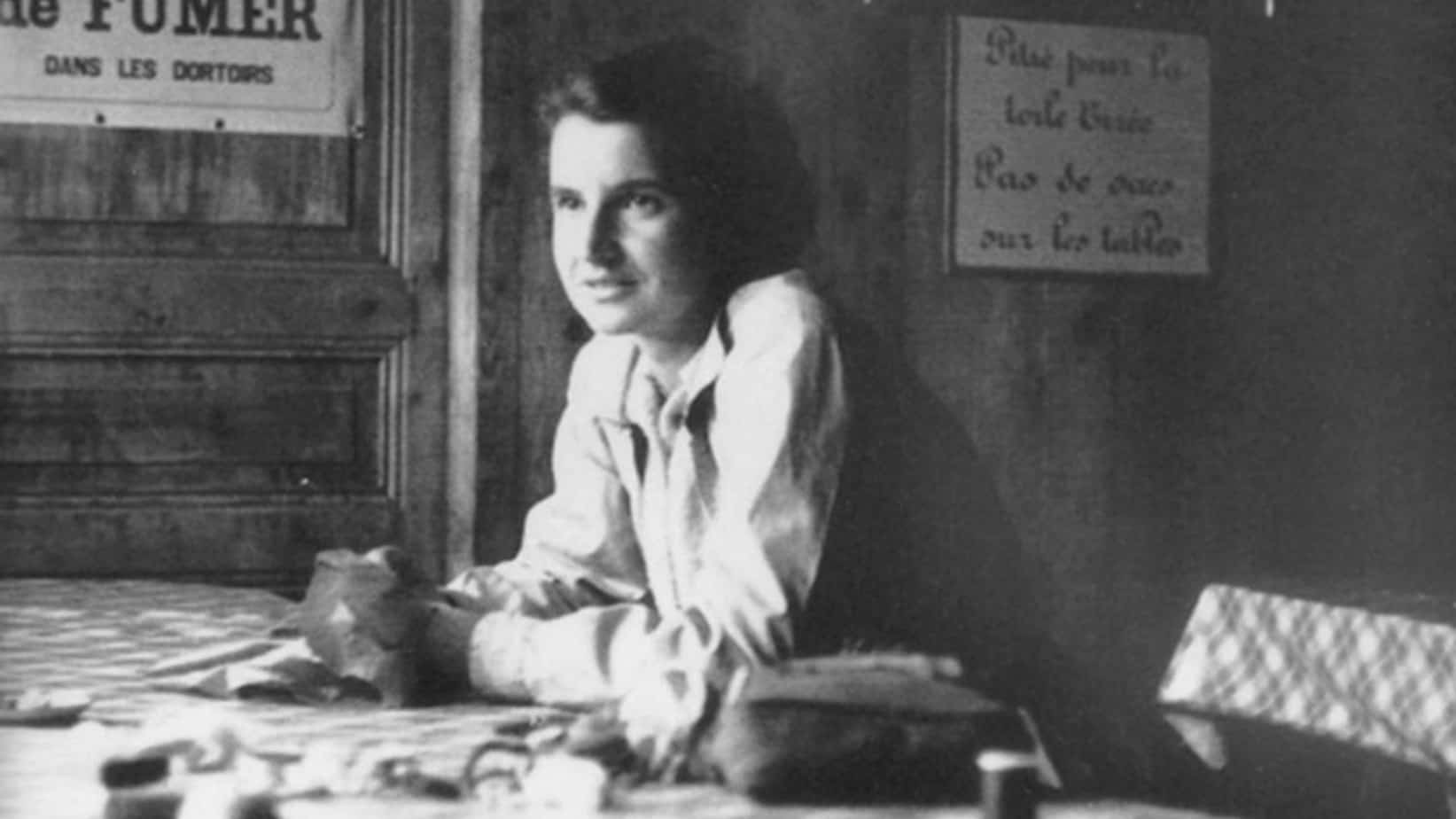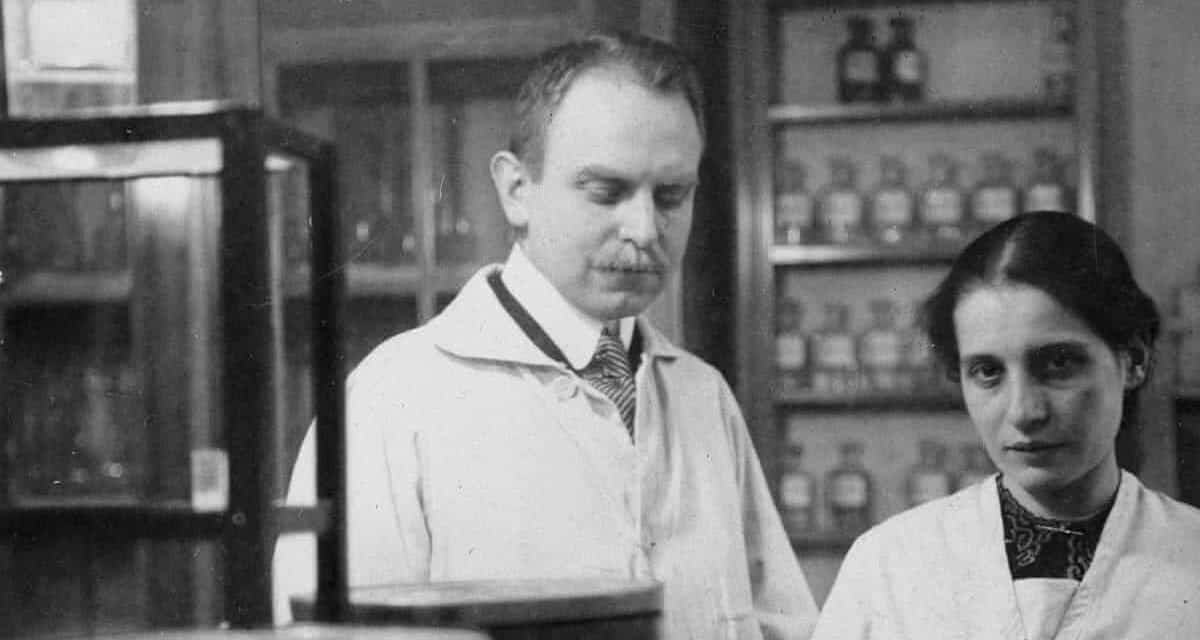Throughout history, women have been silenced by society. It is utterly impossible that white men were to thank for every invention, discovery, literary work, or art piece known to man. Yet, the history books are riddled with white men that claim fame for every great thing known to man. Where are the women? Well, if you take a closer look and do enough research, you’ll find that women often got to these historical landmarks first. They just didn’t get the credit for it. Traditionally, women’s roles have been those of homemaker and mother. It is only in recent decades that women have been allowed to enter the political, social, and STEM fields without a man trying to quiet her voice. Following are major scientific discoveries, inventions, works of art and literature that were made possible by women… but men took credit for. Try not to get too mad.

Rosalind Franklin: The Double Helix
The first on our list is a monumental discovery for the scientific world: the discovery of the double helix. But in 1953, the credit went straight to James Watson and Francis Crick. The double helix is the description of the structure of a DNA molecule. A DNA molecule consists of two strands that wind around each other like a twisted ladder. The two strands are held together by bonds between the bases, adenine forming a base pair with thymine, and cytosine forming a base pair with guanine. While this may not sound like a major breakthrough to an average person, it was major for the scientific community. The rapid growth in our understanding over the past 60 years, including the delivery of genomes for a range of species including humans, has affected all of us at some level. This knowledge has brought improved medical treatments, new drugs and better disease diagnoses.
The discovery has increased crop yields, is helping to raise the nutritional value of foods, and is helping to develop replacement tissues for worn-out joints. This major scientific discovery was only made possible by Rosalind Franklin. British chemist and X-ray crystallographer Rosalind Franklin had been engaged in the study of DNA over at Kings’s College in London in 1951 when she produced a groundbreaking image. A colleague showed this image to Watson and Crick without permission. This was the turning point in their research, though when they published their earth-shattering findings in 1953, they gave only passing reference to Franklin’s contributions. In perpetuity, it is the Cambridge pair that is associated with the double helix. So says the Nobel Prize they received in 1958, four years after Franklin passed away after a battle with ovarian cancer.

